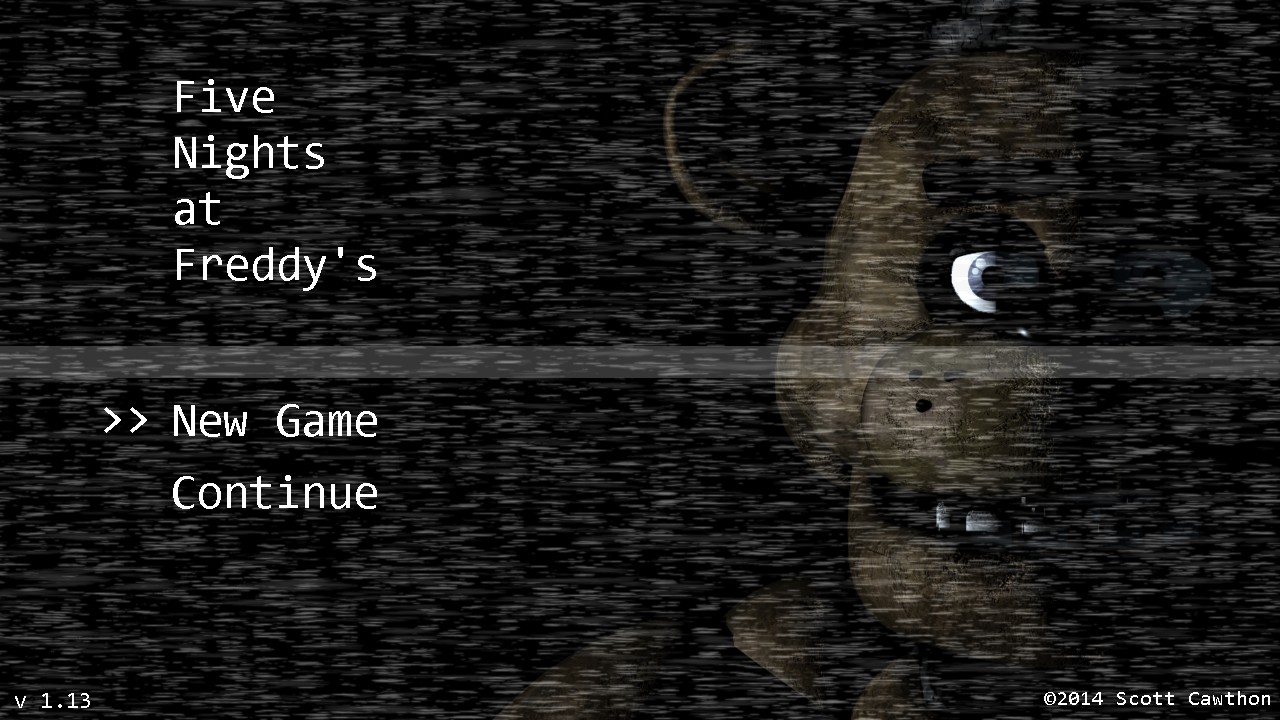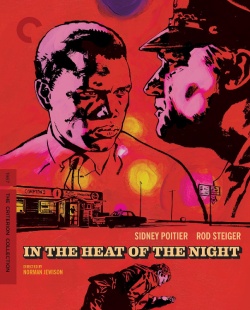Scott Cawthon’s cult video game franchise Five Nights At Freddy’s is defined as the overnight, Cinderella-success story of the gaming industry. All within the span of one year, he has created four successful independent horror games on a shoestring budget, earning himself millions of fans and a film adaptation by Warner Brothers.
The film has just announced the Gil Kenan (Monster House) will direct and co-write with video game writer Tyler Burton Smith. What started as a humble indie title has become one of the newest trends in gaming, spawning fans and imitations faster than one can click.
To those who are unfamiliar, Five Nights at Freddy’s (or FNaF for short), is a horror game set in an abandoned child’s entertainment center akin to Chuck E. Cheese or Showbiz Pizza. You are the lone security guard of one Freddy Fazbear’s pizza, keeping an eye on the animatronics during the graveyard shift to make sure they are not malfunctioning. But as you are stuck in the decrepit security office waiting for the night to end, you slowly come to realize that the animatronics can come to life and they are hungry for violence.
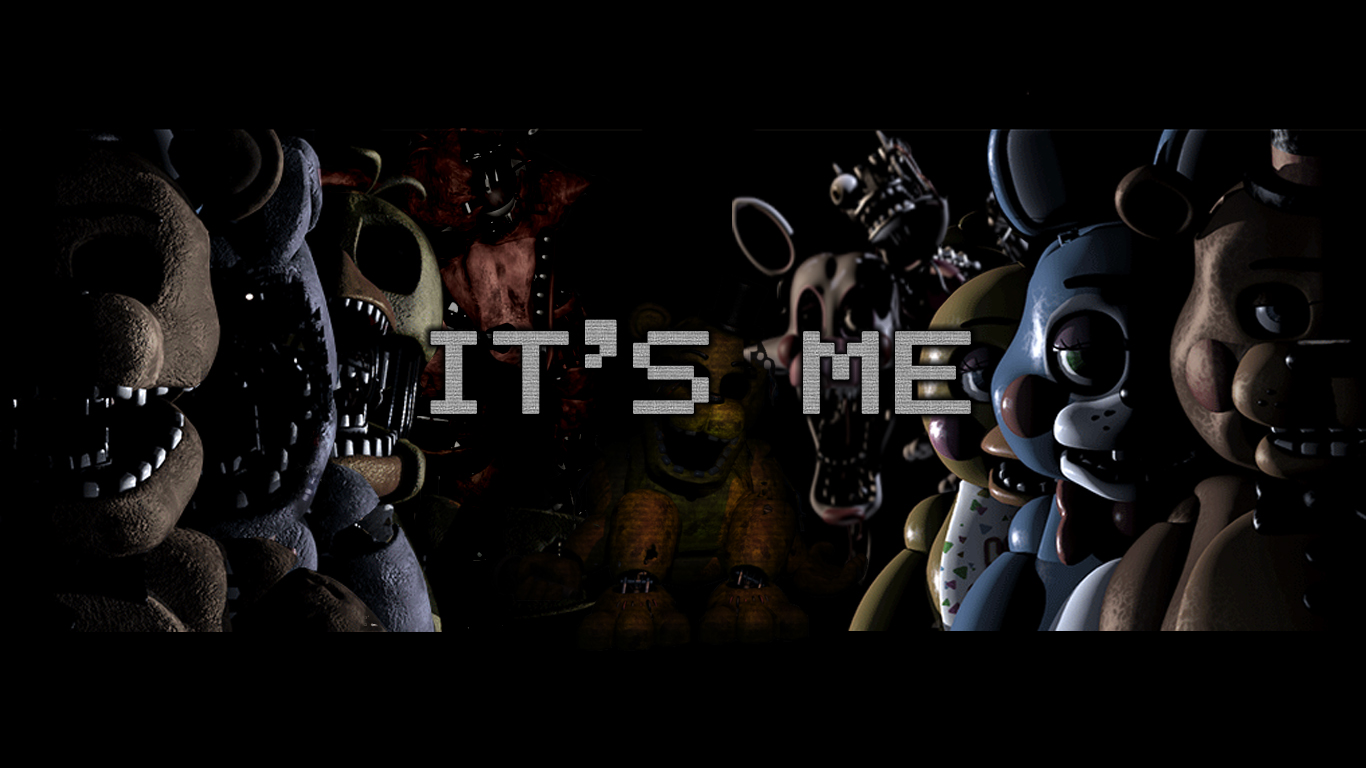
The concept is basic, but the experience is unmistakeably visceral. Every Let’s Player on the planet has played this game and it is likely the most viewed video in their entire collection. And the more you dig into the franchise; you’ll discover that all the games are tied together thanks to an engaging nuanced mystery. As fast as the franchise as spawned, some have dismissed the series’ popularity as a fluke and passing fad on the verge of overexposure. But I guarantee to you, that in the heat of this announcement, Five Nights at Freddy’s has the potential to be the first truly great video game movie.
Before you tell me to slow down, hear me out. We know the feeling of dread when it comes to these adaptations, even I have commented on it when Hollywood doesn’t seem to comprehend the switch from one medium to another. At best, we have the 1994 Street Fighter film to enjoy for its campiness or the small, flashes of good shown in the film versions of Resident Evil 1 or Silent Hill. There are thousands of stories of why video game movie fail coming from a source of neglect or indifference. (Seriously, the story on Super Mario Bros: The Movie could fill out a book)
Most geeks are already jaded for good reason as the franchise is moving at a record pace, risking burnout faster than the Guitar Hero series of years ago. The reaction is further galvanized by jaded fans of Five Nights at Freddy’s, saying that Hollywood wouldn’t take the time to understand the series’ intricate lore. But I think we should keep good faith on Gil Kenan, who right out of the gate put the linchpin on the biggest concern of the film.
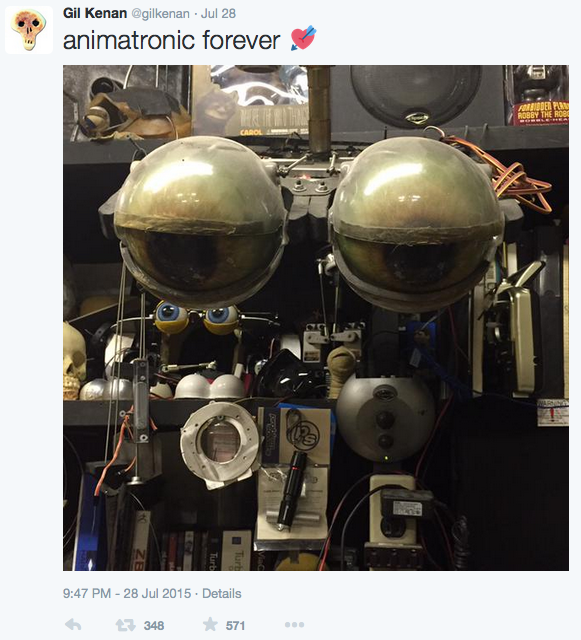
Animatronics. Real life, cold metal, marvelously crafted animatronics. We are getting real life, practical effects for a majority of the film. These neglected abominations will be made by the Henson Creature’s Shop complete with fractured features and aged aesthetics. This must make horror community give a collective sigh of relief. With the nauseating glut of found footage and sloppy CGI-ladened horror films, the return to honest visual effects is fantastic.
Gil Kenan himself most famously known as the director of the underrated kids film Monster House. Although he directed the tired remake of Poltergeist, most film’s faults were due to the mismanaged writing and editing. Warner Bros. likely wanted to choose an inexpensive, but promising director with some clout. Kenan fits the mold of other directors in the situation, such as Colin Trevorrow, Josh Trank, Jon Favreau, and Gareth Edwards.
If you dig deeper on Gil Kenan, his experience and personal life gives a lot of credence for his undertaking of the franchise. His first project was creating a 10-minute stop-motion film, so he can really understand the creepy, unhinged movements of Freddy Fazbear’s band. Plus, with a giant like Warner Bros. distributing, we likely will not suffer under the constrictions of the Blumhouse micro-budget, found footage formula.
Admittedly, I’ve been wanting write this article for a long time since the film’s announcement months ago. There is so much backstory behind Five Nights at Freddy’s that makes it absolutely fascinating and haunting. No wonder the series has amassed a fervorous fanbase within a year, it’s ripe for horror fans and story theorists to mule over. We encountered this before with Internet urban legends told through “creepypasta” and the viral success of the game Slender. FNaF capitalized on this success because of Cawthon’s tenacity and tireless work.
What I wish to convince to all you readers is that Five Nights at Freddy’s is not only capable of being a good movie through hope, but by showing you how many of the elements of the plot and game design can translate well into film.
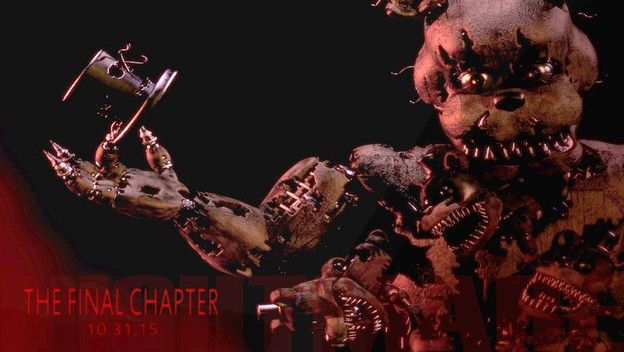
Let’s not beat around the bush here; Five Nights at Freddy’s is the Paranormal Activity of the gaming world. From the concept, the quick turnover in production, to the fear of watching and waiting, there are parallels to what makes both of these franchises so successful. But what makes Five Nights at Freddy’s better is the mystery to unravel and a person to keep safe from the killer animatronics. We aren’t stuck playing Where’s Waldo? as Paranormal Activity is guilty for. The audience is watching through the eyes of the main character and the film must be structured in a way to make this concept remotely plausible because of the dependency of interaction.
Playing a horror game is a personalized experience. The series’ effectiveness comes from being in a powerless position in an ever-enclosing environment. You are sitting. You are waiting. You will die immediately if you did nothing. The writers cannot rest their laurels on a synopsis of the game as the plot. Starting with the first game, you are given just enough to form a story within your head, but you are mostly concentrated with not dealing with another goddamn jump scare.
This is where I want to direct your attention to the Youtube video below created by Rym DeCoster of the podcast Geeknights. This video essay is a literal bible to what makes Five Nights at Freddy a scary experience thanks to Scott Cawthon’s incredible craftsmanship. When you watch this video, you’ll really notice how the deliberate pace matched with the particular visual/audio cues make game uniquely terrifying. I recommend you watch this and listen to a lot of their content for insightful, entertaining, in-depth discussions for all subjects geeky.
Yes, it’s 35 minutes. Watch it all and learn something.
The director and cinematographer have a way to frame the iconic gameplay of moving from between cameras to create a coherent narrative. You are limited to the amount of control watching the animatronics and keeping yourself save. There’s some leeway to understanding the mechanics of the situation, but there is always a surprise waiting around the door to punish you for not dealing with change. Even as the film establishes it rules, it breaks them down naturally in a horror environment because of realistic strain.
Paranormal Activity relies on you watching the camera until something happens. But you can’t watch just Bonnie, Chica, and Freddy sitting on stage, because Foxy is going to get you for not checking out Pirate’s Cove. The battery drains with the lights and doors on, so you can’t turtle and ignore the feeds. You need that guy on the phone because there is no direction without him. There isn’t a good way to remove any of these core mechanics either; because that would drastically limit the amount of ways you could scare the audience. And this Jenga tower of sheer dread and evil storytelling is all done masterfully as you progress from Night 1 to Night 5.
Horror is a genre where limitations can create a more visceral experience. The fear is engrained in your psyche by watching and worrying about how those animatronics can break in and brutally kill you. All you have is the clock and fan to work as your comfort, hoping so that you can live to see another day. The game series doesn’t even have a straightforward murder scene or corpse, so the jump scares can be shown without turning it into a definitive end.
We love horror movies that plant that seeds of agony and impending doom. Just look at recent critically acclaimed pieces like It Follows or The Babadook. These films feature inescapable horrors, heavily emphasized on psychological torment of issues beyond your control. In the role of the victim, your understanding of the entity begins to grow, as the threat seems to become more aware of your capabilities. And this progression of the villain is absolutely captured within Five Nights at Freddy’s. The most terrifying scene in the first game is when you’re in the last throes of Night 5 with the battery drained and all you can see are Freddy’s blue eyes with an ominous, lullaby playing in the background.
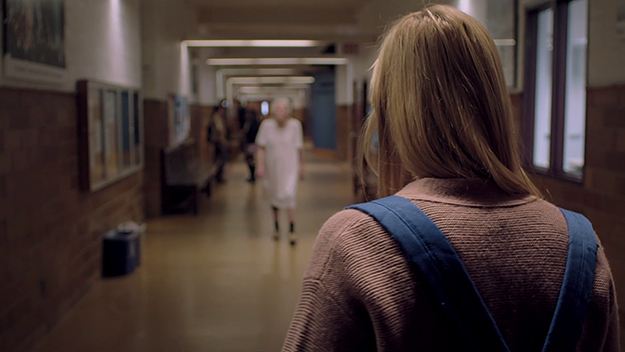
So we can really understand how the elements from the game can be redone on the big screen. But how do we handle the plot? Watching a Let’s Play of this game just shows you the direct horror gameplay and screaming reactions to the scary suits. The story behind Freddy Fazbear’s Pizza is surprisingly complex, but incredibly easy to mismanage if not handled carefully. And hopefully Scott doesn’t surprise us by launching three more sequels that’ll conflict with what the movie has in mind.
Each game in the series takes place at different points over the history of Freddy Fazbear’s Pizza. You play the role of four separate protagonists who vary between a security guard to someone directly tied into the tragedies surrounding the business. The pizza place was initially popular, but received no more funding after the results of numerous health code violations and two particular incidents that would destroy its reputation. The first major tragedy is known as “The Bite of ‘87” where a child would lose his frontal lobe from getting too close to an animatronic. The business then became the unfortunate setting where a mysterious man in purple would kidnap and murder five children.
There is a loose plot but what Kenan and Smith need to do to turn this into a movie will not satisfy hardcore fans. Individually, each game does not have enough of an active storytelling to create a full-fledged film. Not only are these games short, but you spend 95% of the game by surviving from the aggressive antics of the machines. You’ll have to cut up bits and pieces from the lore to create a cohesive narrative. If we followed the structure of FNaF 1 directly, we would have an incredibly dull, tedious film of nothing but camera feeds.
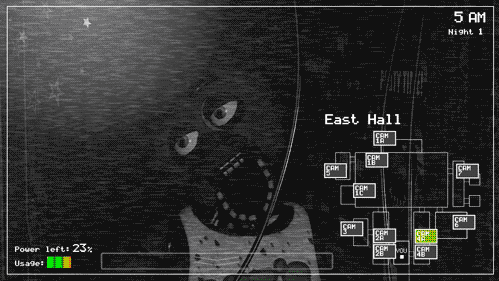
I want to keep this article as spoiler-free as possible as many people will walk into this film without knowledge of the actual series. Fans of the game know the fate of several of the victims and the business itself over the course of nearly four decades, but very few details are set in stone. I believe Scott Cawthon intentionally left some some of the plot points unresolved so that people can create their own theories to how everything ties together. That’s what some people enjoy doing the most, predicting how the game/show/series will resolve.
The screenwriters have the opportunity to create their own interpretation using features from every game. Many of the characters are nameless or have labels such as “Phone Guy” and “Purple Guy.” There’s great potential in giving these characters multiple purposes throughout the entire story. The main character of the second game could be our first protagonist of the movie franchise. (As if Hollywood won’t make sequels of a horror series) As the series’ unveils much of the plot through mini-games, none of the major turning points need to be told, none of the story needs to be told in chronological order.
What might be the most difficult challenge in the story is how to handle our unfortunate security guard. He needs to be given backstory as to why he’s there, as earning a paycheck is not a legitimate excuse to deal with life-threatening danger. He could be a victim of one of the tragedies trying to conquer his personal demons. There’s even a possibility that he was one of the murderers, who wants to keep all of the evidence buried in the neglected building. I imagine someone like Elijah Wood as our hero, because of his roles in Maniac, Grand Piano, and Open Windows exude an unexpected, sinister presence to fit any mold our director has in mind.
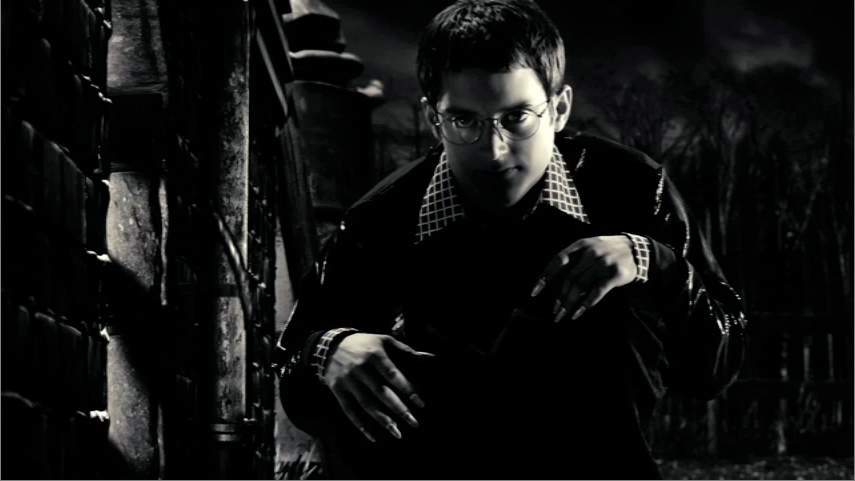
Gil Kenan has so many resources available to make this film great, but he has to know what to keep, what to cut, and what to create. Many people already state that the film works better as a short film rather than a 90-minute movie. So his main goal will be to frame various events in the franchise to make it reach that length. Insert discussions between two characters and maybe reveal some of the more gruesome aspects through news stories. We need enough scares to make the entire film feel worthy of watching, so the scenes of animatronics chomping at your face need to be used sparingly.
The film’s production is young, but I want this to inspire gamers and fans of the series. The early unveilings of the film’s practical effects and the director’s passion towards the project are a promising start. Kenan pointed out that he will have Scott Cawthon directly involved with the adaptation, possibly to performing voice over work and creating new developments within the world building of the franchise.
But what do you think? Does Five Nights at Freddy’s sound promising enough to be a good movie? Do you think the game design elements and plot can carry over into the medium of film? What would you like to see (or not see) in the movie? Leave a comment below…and GET BACK TO THE DOORS!



